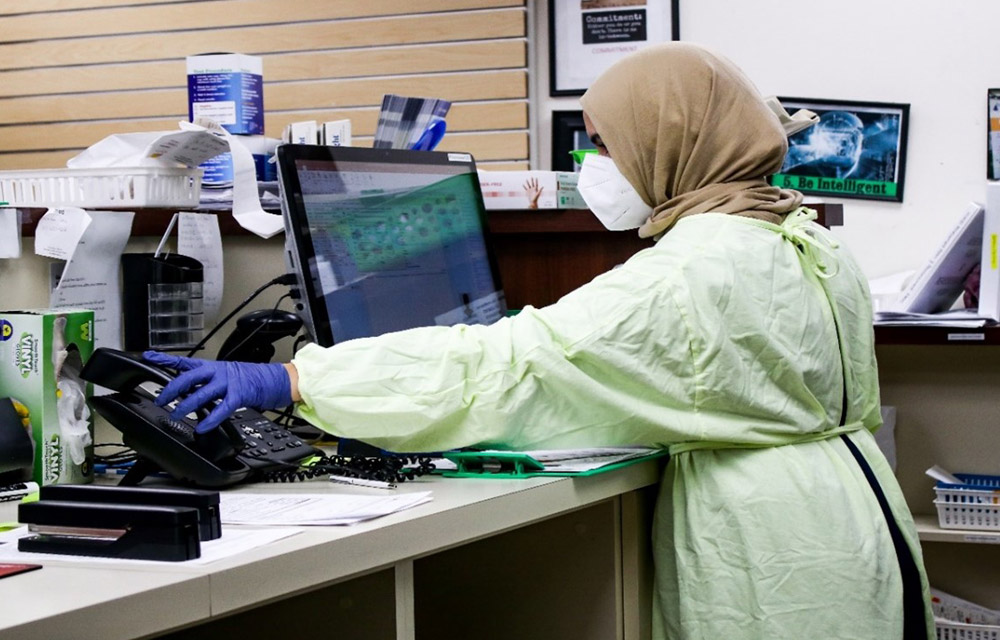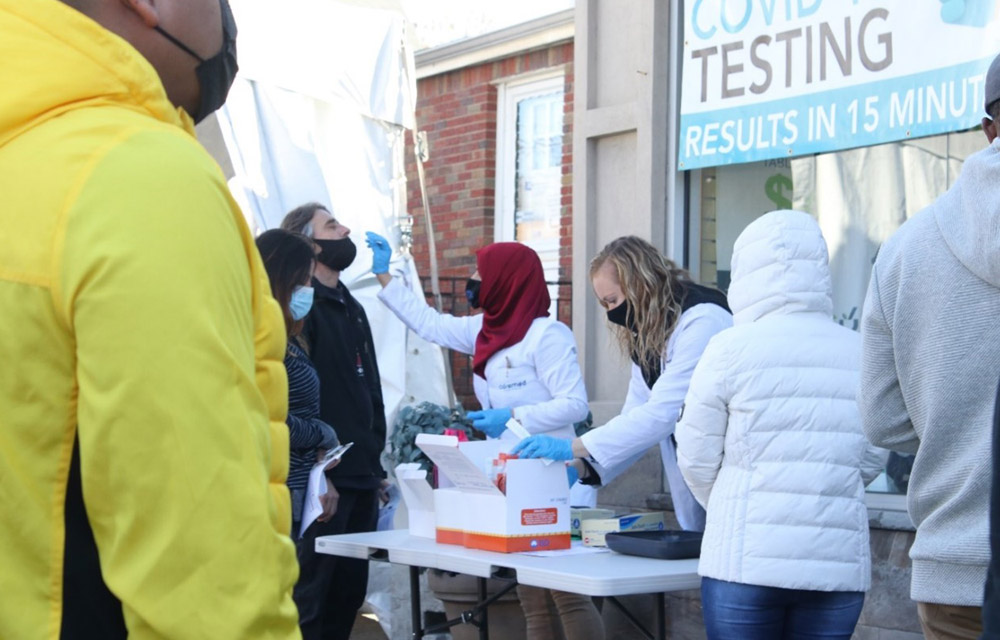Lead generation is a critical part of any successful marketing strategy.
Brickwork Blogs


Adverse Event Monitoring (AEM) is a process that aims to detect, report, and analyze adverse events or side effects that arise after the administration of a drug or medical product. The registries which collect information on some particular drugs and medical devices are required to anticipate the need for AEM. AEM aims to improve patient safety, report adverse drug reactions, and enhance the quality of care provided by healthcare professionals. In this blog, we will explore the concept of AEM in greater detail, its importance in healthcare, and how it benefits the pharma company by engaging with Brickwork.
The Importance of Adverse Event Monitoring
AEM is an essential component of drug safety monitoring and pharmacovigilance, which is a form of safety surveillance- the science of monitoring the effects of drugs and medical products on patients. Through AEM, healthcare professionals can detect and report adverse events, which can help identify potential safety concerns associated with a drug or medical product. By monitoring adverse events and having an adverse event reporting system in place, healthcare providers can take appropriate measures to mitigate the risks associated with a drug or medical product and ensure patient safety.
AEM also benefits drug manufacturers, as it enables them to detect safety concerns associated with their products and take corrective action. Adverse event monitoring helps drug manufacturers to ensure that their products are safe and effective for patients and that they meet regulatory requirements. This, in turn, helps people with healthcare quality assurance and maintains the public's trust in the safety and efficacy of medical products.
1. Importance of Timely Detection: Adverse Event Monitoring plays a crucial role in the timely detection of adverse events or side effects associated with drugs, medical products, and medical equipment. By monitoring and reporting these events, healthcare professionals can take immediate action to ensure patient safety and prevent further harm.
2. Enhancing Patient Safety: AEM is an essential component of patient safety initiatives. By actively monitoring adverse events, healthcare professionals can identify potential risks and take proactive measures to mitigate them. This includes implementing appropriate warnings, contraindications, or even recalling products, if necessary, thereby safeguarding patient health.
3. Reporting Adverse Drug Reactions (ADR): AEM facilitates the reporting and documentation of adverse drug reactions (ADR). ADR reports provide valuable information to regulatory authorities, healthcare professionals, and pharmaceutical companies. By analysing these reports, stakeholders can identify patterns, assess the safety profile of drugs, and make informed decisions regarding product labelling and usage guidelines.
4. Post-Marketing Surveillance: AEM extends beyond the pre-market clinical trials and allows for post-marketing surveillance. While clinical trials provide valuable safety data, they often involve a limited sample size and controlled environments. Adverse Event Monitoring enables the collection of real-world data from a larger patient population, reflecting diverse patient profiles and concurrent medication usage.
5. Quality Improvement and Risk Management:AEM contributes to quality improvement in healthcare settings. By analysing adverse events, healthcare providers can identify areas for improvement, update protocols and procedures, and enhance patient care. Additionally, AEM helps in risk management by identifying potential safety concerns and implementing risk mitigation strategies.
6. Regulatory Compliance:Regulatory authorities worldwide require pharmaceutical companies and healthcare institutions to have robust adverse event monitoring systems in place. Compliance with these regulations is essential for obtaining and maintaining product approvals, licenses, and certifications. Failure to comply can result in penalties, legal implications, and damage to the reputation of the company or institution.
How Adverse Event Monitoring Works
The process of AEM involves several steps, including the detection, reporting, and analysis of adverse events. Healthcare providers are responsible for detecting adverse events and reporting them to the appropriate regulatory authorities, such as the Food and Drug Administration (FDA) in the United States. Once an adverse event analysis has been reported, regulatory authorities will analyse the data to determine whether there is a safety concern associated with the drug or medical product.
Adverse events can be reported by healthcare providers, patients, or drug manufacturers. Healthcare providers are required to report adverse events to regulatory authorities, while patients and drug manufacturers can voluntarily report adverse events.
Adverse event reporting is carried out based on the seriousness of the event, the predictability based on the labels, and the possibility of causality related to the use of the product. The registry may make use of different forms like a questionnaire or a case report for AE for collecting information from the patients or providers. In cases when the solicitation of AEs remains unspecified in the operating plans of the registry, the registry can permit the detection of AE by asking general questions for soliciting events like- “Have you faced any issues since your last visit or since the time we last spoke?”. This is followed up by reports that probe to know what happened, the diagnosis, and various other documentation. But this practice is not needed.
Benefits of Adverse Event Monitoring

AEM offers several benefits to patients, healthcare providers, and drug manufacturers. For patients, AEM ensures that medical products are safe and effective, which can help to prevent adverse events and improve the quality of care. Healthcare providers can identify potential safety concerns associated with a drug or medical product through AEM and take appropriate measures to mitigate the risks.
For drug manufacturers, AEM enables them to detect safety concerns associated with their products and take corrective action. This helps to ensure that their products are safe and effective for patients and meet regulatory requirements. Additionally, adverse event monitoring can help drug manufacturers to identify areas for improvement in their products and develop new products that are safer and more effective.
How can Brickwork help you?
Brickwork can help you monitor the Adverse Events posted on various communication channels like Mobile apps, Websites, Mailboxes, and Social Media. Our trained staff have the knowledge and capability to understand Adverse Events and report them to the appropriate Drug Safety Unit. We can work with you to develop a robust reporting mechanism based on your internal compliance requirements and help. Our staff is also capable of identifying product complaints posted by the patients, customers, user etc and reporting them appropriately. The most common application of event monitoring in the pharma industry includes Argus, Adverse Event Reporting System and Aravo.
Do share with us your experience in Adverse Event Monitoring in the healthcare industry and its impact on your life.


